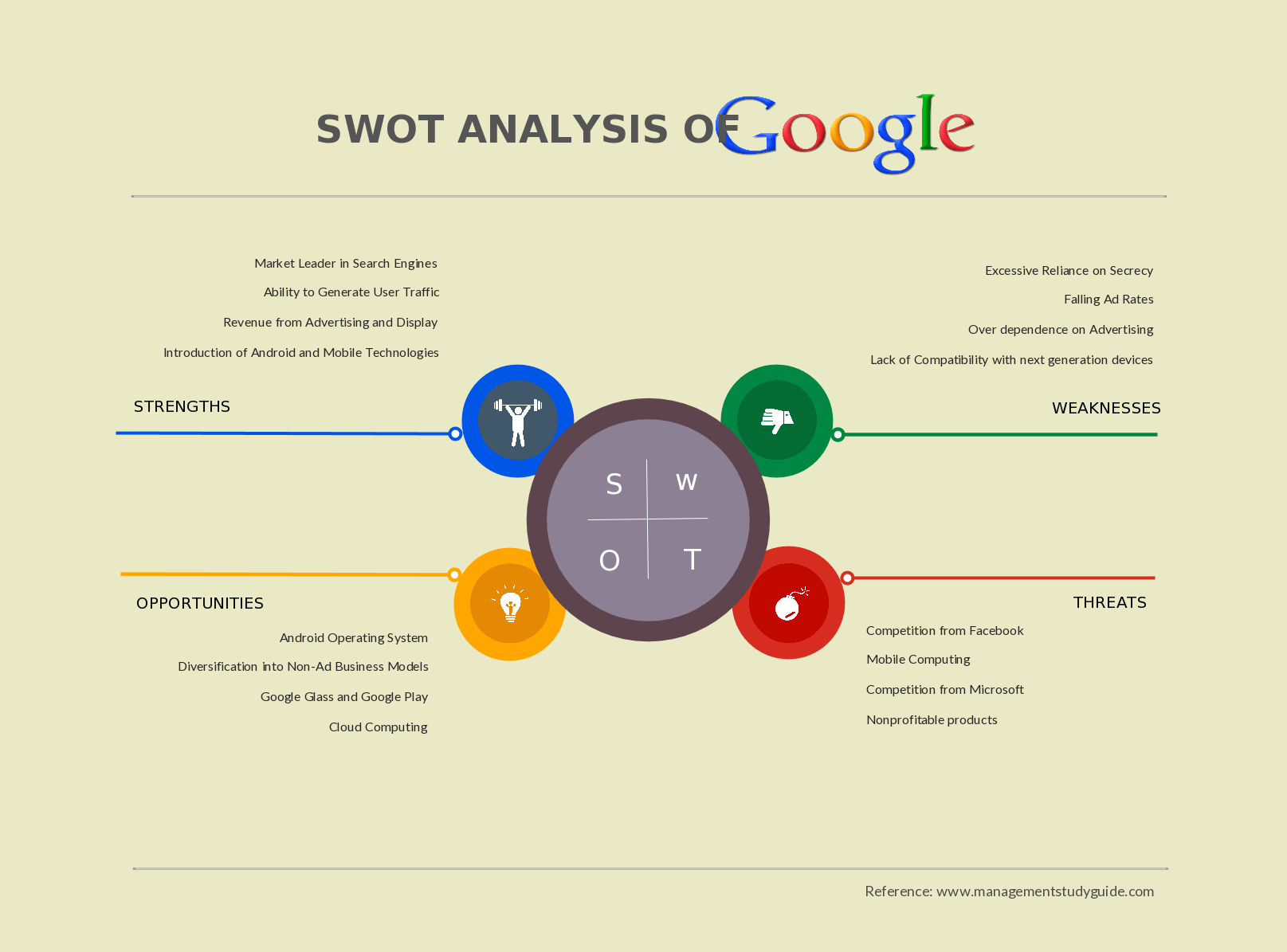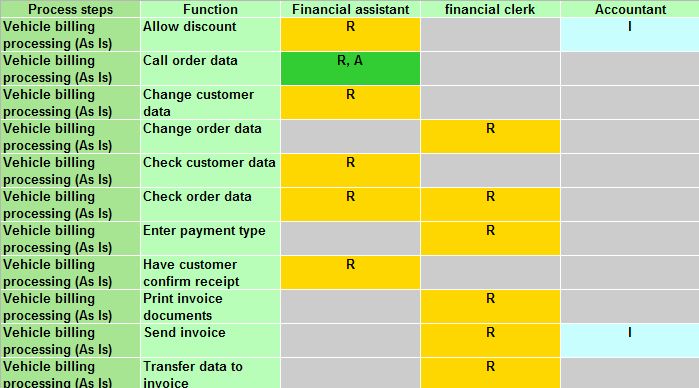
Step 5: Under Table properties adjust the Table Border. Step 2: Insert a Table in your Google docs.

Step 1: Open your Google document where you need to make a matrix.
#CREATE A MATRIX IN G DOCS HOW TO#
Shapes are 100% editable: colors and sizes can be easily changed. How to Insert a 5×5 Matrix in Google docs. You just have to customize and position the sticky note labels representing your divisions or business units of your organization on the matrix. Specifically, with this BCG Matrix Template for presentation, we already did a part of the job for you: indeed, the four-quadrant table is ready to be used.

This example creates a floating-point matrix, with two rows and two columns. Returns a matrix from an array-like object, or from a string of data. The matrix type uses the angle brackets to specify the type, the number of rows, and the number of columns. Ready-to-use market growth matrix for presentation with positionable/customizable sticky note labels. A matrix can be declared using this syntax also: Copy.

When we put data like this into a table and draw a scatterplot in Sheets, we would get a scatterplot that looks like this.Free BCG matrix template for PowerPoint and Google Slides. A perfect correlation is 1 and this can be represented by r2. The stronger the relationship between the two variables the stronger the correlation is. If we collected the data and put it in a table we would have two variables and be able to draw a scatterplot of time versus temperature.

If we heat the pot for a longer period, the hotter the water will become. On the Data Source page, click SQL Query, then click Next. On the Style page, type a Title for your report, select Matrix, then click Next. If we put a pot of water on some heat and measure the temperature at certain times, we would get two pieces of data that are related to each other. On the Report Type page, select Create Paper Layout Only, then click Next. For that reason, first select the metric type and. Here’s a helpful metaphor to illustrate how a scatterplot works. The name and labels on a decision matrix are closely linked to the categories you choose for the axes. If scatterplots are a foreign concept or how to find the strength of the relationship between data, read on. Making a scatterplot and finding the line of best fit or trendline was a piece of cake in Excel, but I could never do it in Google Sheets until I found a way to build a meaningful scatterplot, put in a trendline and find the correlation coefficient within a couple of clicks. As a maths teacher, I always liked collecting data and finding the strength of the relationship between the data.


 0 kommentar(er)
0 kommentar(er)
